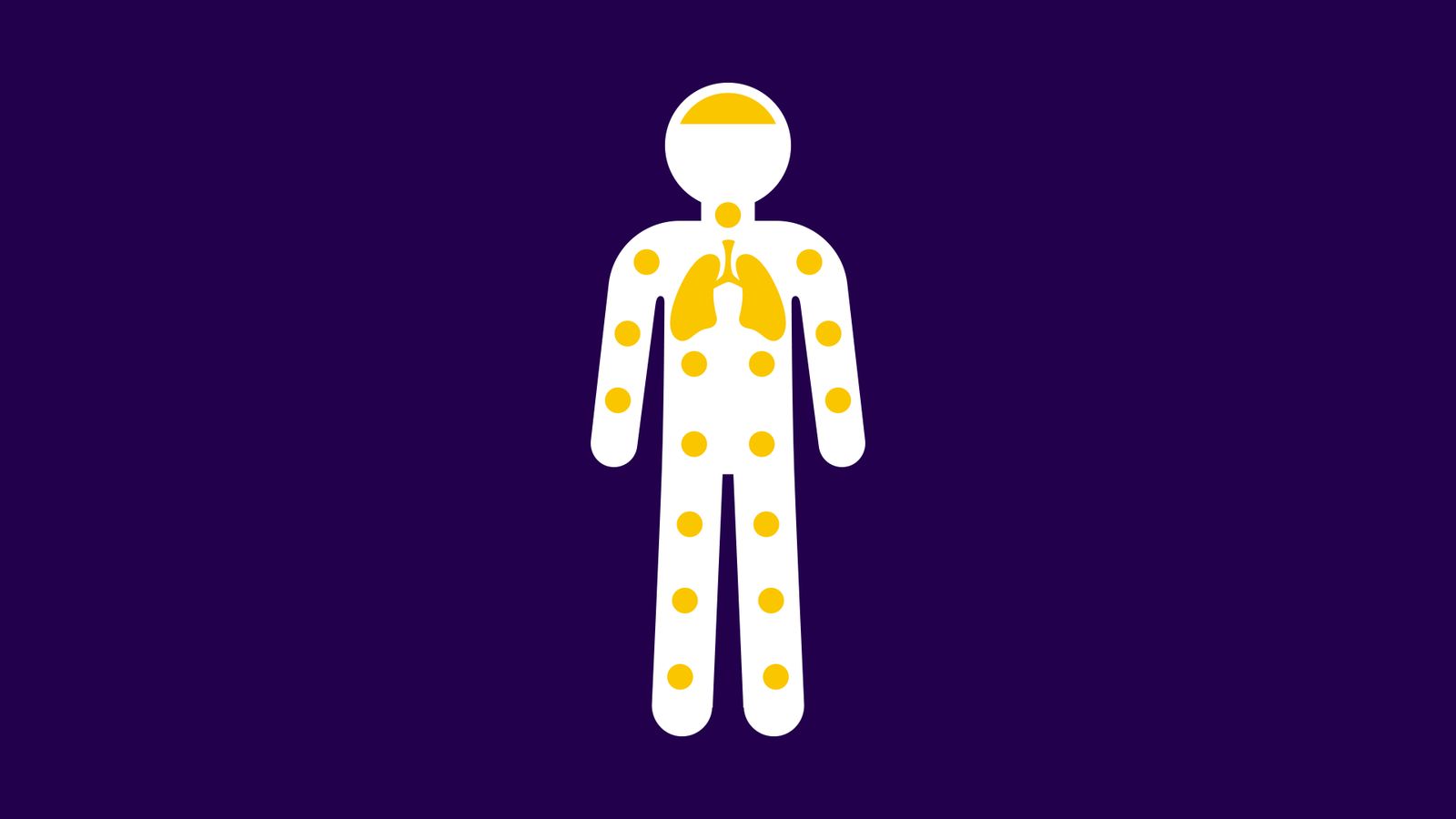

Before a vaccine was introduced, WHO estimated that about 2 billion people worldwide were infected with the disease. Hib infections accounted for 3 million cases of severe illness, and 400,000 deaths annually, with a peak of incidence among infants of age 4 to 18 months 1.
Did You Know?
Hib infections are strictly human
Children infect each other through saliva droplets or by playing with contaminated toys
Since 1987, Sanofi began offering a vaccine to protect against this potentially deadly disease
Symptoms and Treatment

- Following colonization of the pharynx, the bacterium may enter the bloodstream, and subsequently spread to reach various target organs resulting in different clinical forms of Hib disease: meningitis, pneumonia, epiglottitis, arthritis, cellulitis, osteomyelitis.
- Hib meningitis is often fatal (in 5 to 40% of cases depending on the country) and may lead to neurological sequelae such as deafness, motor deficit, or mental retardation 2.
- Medical management relies on intensive care and appropriate antibiotic therapy.
References
- Peltola, H. Worldwide Haemophilus influenzae type b disease at the beginning of the 21st century: global analysis of the disease burden 25 years after the use of the polysaccharide vaccine and a decade after the advent of conjugates. Clinical Microbiology Reviews, Apr. 2000.p.302-317.
- WHO. Introduction of Haemophilus influenzae type b vaccine into immunization programmes. 2000. Accessed January 2018. http://archives.who.int/vaccines-documents/DocsPDF99/www9940.pdf